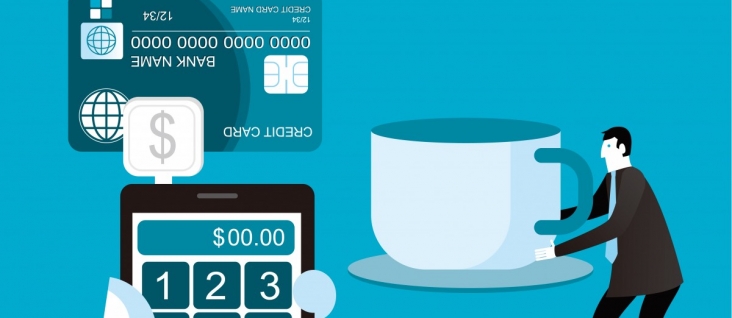
Shoppers are already using digital to research CPG products online and search for coupons and other offers. However, the number of consumers buying online lags far behind then number of consumers researching there. According to eMarketer, over the next two years, the number of shoppers purchasing CPG products online is expected to grow by 25% annually, from $20 million this year to $32 million in 2015. Companies like Amazon’s Quidsi (Soap.com and Diapers.com) and Peapod are leading the charge.
So how will technology factor into the way we purchase CPG products moving forward? There are a few ways, some already in the works:
Mobile Shopping Advances: Smartphones are already heavily used by CPG shoppers for in-store research: in fact, 20% of shoppers have downloaded an app for their local store, according to the Shopper Marketing Institute. Both manufacturers and retailers are getting smarter about how to leverage mobile usage trends. Increasingly, CPGs are engaging in location-based offers, showing consumers offers for products within nearby stores. Additionally, retailers are catching on to mobile offer-seekers, and notably, Walmart is staying ahead of its shoppers. The retailer now recognizes when mobile shoppers are in-store and tailors offers to them. Walmart now reports that 12% of online sales come from shoppers who are actually in the store. As location-based technology improves and adoption grows, mobile is likely to factor even more heavily into our CPG purchases.
Putting the Data to Smarter Use: Data around shopping habits is incredibly useful for CPGs. We’ve reported in the past about how Coca-Cola strives to understand “trip missions” and the other factors that drive shoppers to purchase their products. Understanding the motivation behind a trip, products that are typically bought together and the frequency of purchases can be extremely valuable. For example, if a consumer buys orange juice every 10 days, marketers should know to send offers three days prior to the next purchase. Smarter still, drive cross-sell opportunities by creating custom coupons with discounts associated with the purchase of multiple products that your data tells you a consumer often buys together.
Dynamic pricing and dynamic offers: Stores like Amazon, Walmart and Kmart have already begun experimenting with dynamic pricing, as have 24% of retailers worldwide. Dynamic pricing allows retailers to adjust pricing based on customer data as well as marketing conditions and competitive intelligence. For example, an online customer who has made past purchases of Dial soap may see a lower price for that product than a customer who typically purchases Ivory products – without an advertised special. First-time online shoppers may see lower prices than regular customers. Similarly, offers can be made dynamically based on shopper data: That Dial shopper might receive a special offer to try Ivory based on their past purchase behavior.
Whether consumers are shopping in-store or online, the goals are the same: to persuade customers to buy, and make the process so positive (and the product so good) that they buy again. In some cases, digital will impact customer purchase decisions before they ever walk into a store – and in other cases, while they’re standing in front of the shelf. CPG marketers have at their disposal technology that drive those experiences and keep customers coming back.
To learn more about MediaMath’s solution, click here.
